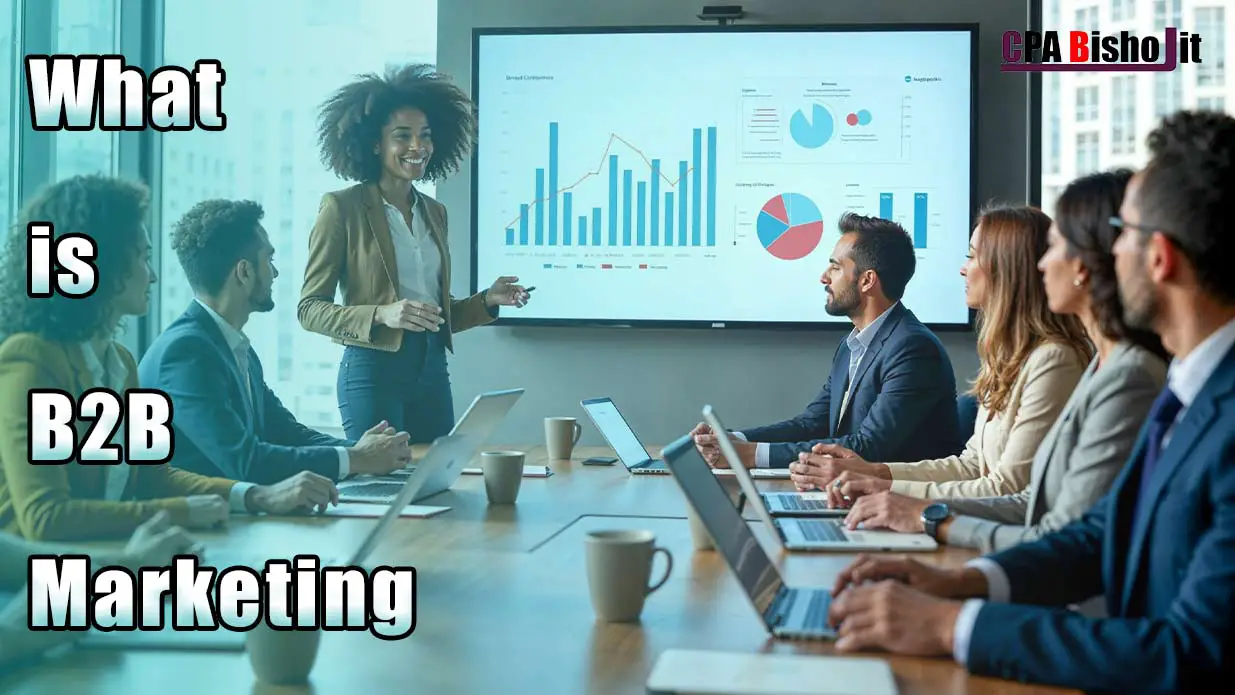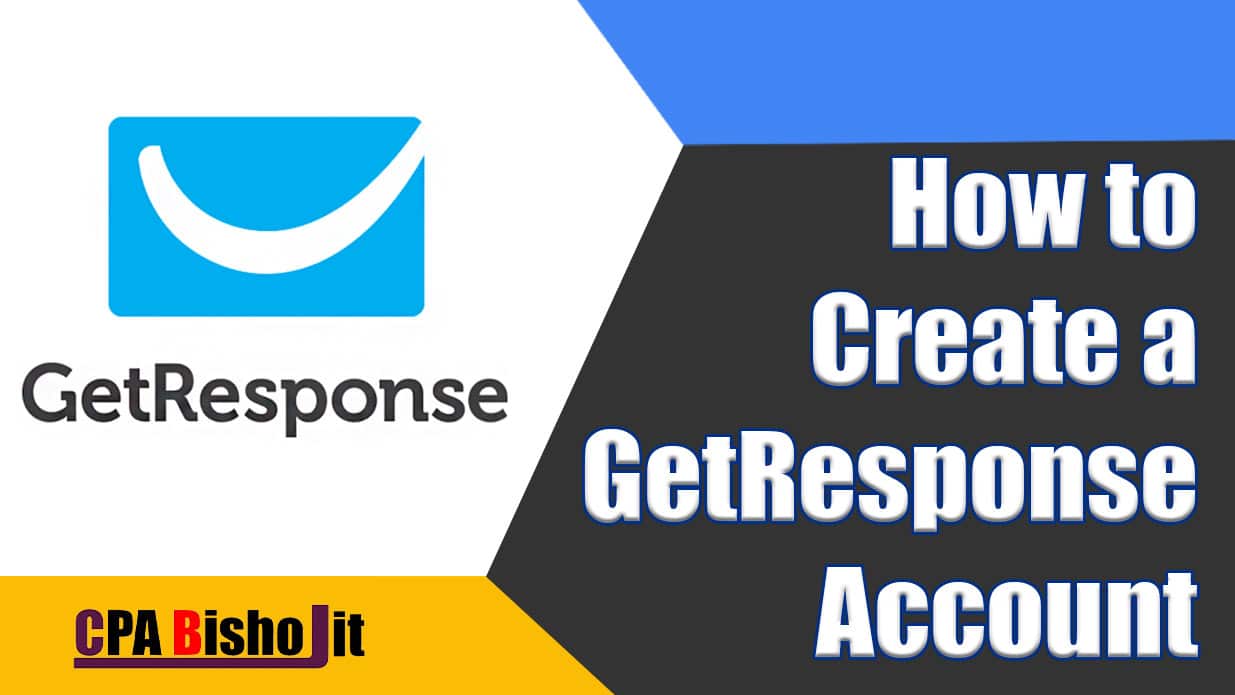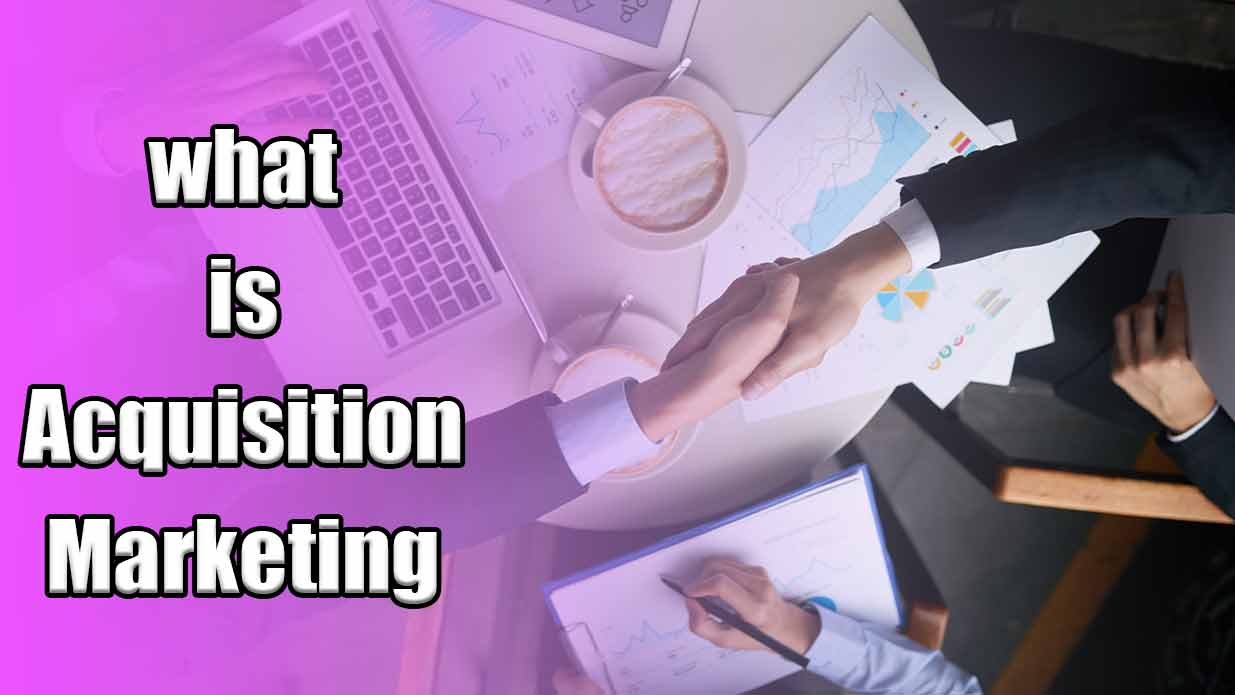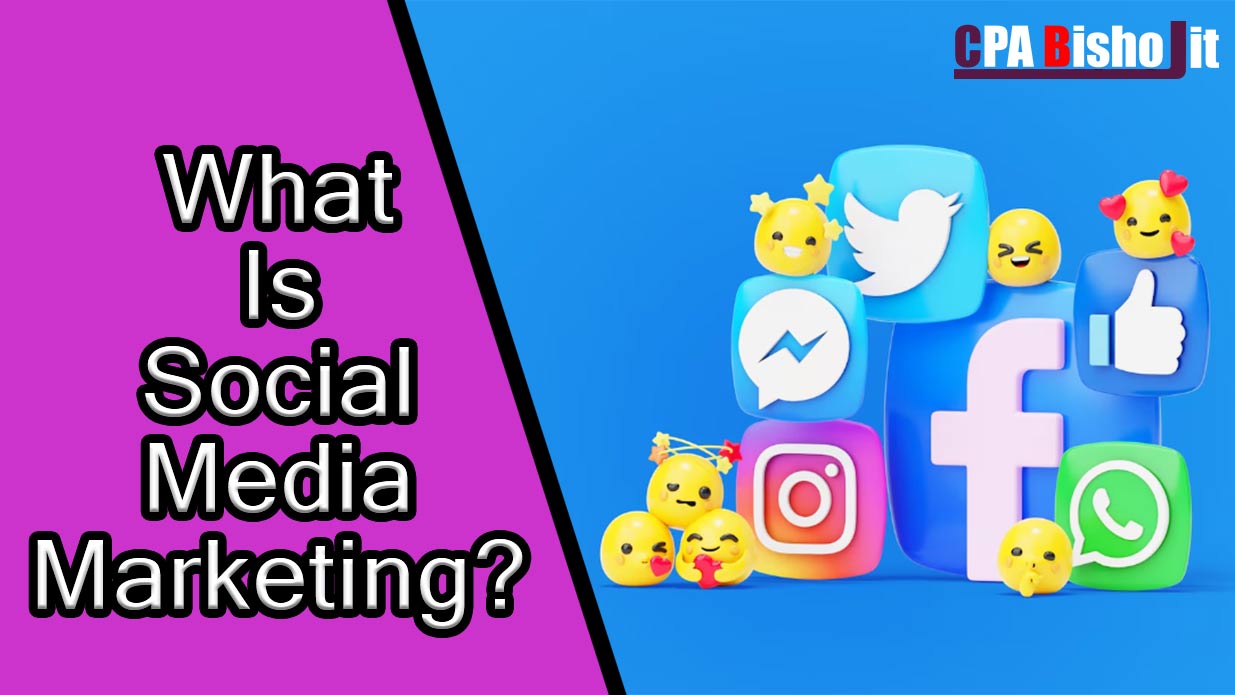What is Event Marketing? A Guide with Top Trends to Boost Your Business

Event marketing is no longer just about gathering people in one place; it’s about creating experiences that leave a lasting impact on your audience and drive actual business results.
Whether it’s an in-person conference or an engaging virtual webinar, event marketing helps businesses connect with their target audience more meaningfully than traditional methods. But what exactly is event marketing, and how can it boost your business?
In this guide, we’ll break down everything you need to know about event marketing—what it is, the benefits it offers, and the latest trends shaping its future. Plus, we’ll explore actionable strategies to help you craft unforgettable events and generate actual returns for your business in 2024.
Does that sound like what you’re looking for? Let’s dive in!
What is Event Marketing?
Event marketing is a strategy that businesses use to promote their brand, products, or services by hosting or participating in events. These events can be in-person, online, or a mix of both. The goal is to create direct engagement with customers, prospects, and partners in ways other marketing forms can’t match.
Whether it’s a conference, a webinar, or a product launch, event marketing helps businesses build relationships, boost brand awareness, and generate leads.
By bringing people together in a focused environment, businesses can create unique experiences that resonate with their audience. Unlike traditional ads or emails, event marketing offers a more personal connection—allowing brands to speak directly to their audience and receive immediate feedback.
Benefits of Event Marketing for Your Business
Event marketing isn’t just about putting your name out there; it’s about driving meaningful business outcomes. Let’s look at how event marketing can benefit your business:
- Build Brand Awareness: Events offer a powerful way to make your brand more visible. Whether it’s through event sponsorship, hosting a conference, or participating in a trade show, events give you the chance to showcase what your business stands for and what makes it unique.
- Increase Customer Engagement: Events allow you to engage directly with your audience. Whether it’s an in-person conversation or a live chat during an online webinar, these interactions are more personal and memorable, helping to build stronger relationships.
- Generate Leads: Lead generation is one of the most valuable outcomes of event marketing. By capturing attendee information through registration or interactions during the event, you can turn interested participants into qualified leads for your sales team.
- Educate Prospects and Customers: Events are the perfect platform to educate your audience about your products or services. Whether through live demonstrations, workshops, or keynotes, events provide a structured way to inform and engage.
- Drive Sales Opportunities: Events create a unique opportunity to showcase products or services to a captive audience. Exclusive discounts, product launches, or promotions during events can push attendees to make a purchase or upgrade existing services.
Types of Event Marketing
Event marketing comes in many forms, offering unique ways to connect with your audience. Depending on your goals, you can choose the format that best suits your business and target market. Below, we’ll explore four critical types of event marketing: online events, in-person events, hybrid events, and live-streaming events.
Online Events
Online events are hosted entirely over the internet, allowing participants from all over the world to attend. They’re cost-effective and scalable, making them a great option for businesses looking to reach a large audience without the logistical challenges of an in-person event. Common types of online events include webinars, virtual conferences, and workshops.
Online events are easy to promote through email, social media, and paid ads, and they can be recorded and repurposed for future use. Plus, since attendees don’t have to travel, attracting busy professionals or international participants is more accessible.
Why choose online events?
- Cost-effective and accessible to a broad audience
- Simple to host and easy to measure results
- Perfect for educational sessions, product demos, and virtual networking
In-Person Events
There’s something powerful about face-to-face interactions that online events can’t replicate. In-person events allow for deeper, more personal connections with your audience. Whether it’s a trade show, conference, or product launch, these events give you the chance to meet your audience where they are, create a memorable experience, and leave a lasting impression.
Businesses can engage with attendees at in-person events through live demonstrations, product showcases, or networking opportunities. Their physical presence can also help build trust and reinforce their brand’s credibility.
Why choose in-person events?
- Creates meaningful, personal connections
- Perfect for product demonstrations and hands-on experiences
- Increases brand visibility and trust
Hybrid Events
Hybrid events combine in-person and online elements, offering the best of both worlds. They allow you to reach a broader audience while still creating an immersive experience for those attending in person. For example, you can have a live audience at a conference while also live-streaming the event to participants worldwide.
This type of event became popular during the pandemic and continues growing as companies realize the benefits of reaching local and global audiences. With hybrid events, you can engage in-person attendees with live experiences while allowing online participants to interact via chat, polls, or Q&A sessions.
Why choose hybrid events?
- Combines the reach of online events with the impact of in-person interactions
- Flexible and scalable, accommodating both local and global audiences
- Ideal for conferences, product launches, and corporate meetings
Livestreaming Events
Live streaming events broadcast real-time content, typically over social media platforms like Facebook, YouTube, or Instagram. These events are highly engaging because they allow viewers to participate in live Q&A sessions, polls, or chat discussions.
Whether showcasing a new product, hosting an interview, or covering a behind-the-scenes look at your business, live streaming creates a sense of urgency and excitement that draws viewers in. Plus, it’s an excellent way to build brand engagement by creating direct communication with your audience.
Why choose live-streaming events?
- Real-time interaction with your audience
- Can reach large, diverse audiences quickly
- Great for product launches, live Q&A sessions, or special announcements
Top Trends in Event Marketing for 2024
As we move into 2024, event marketing continues to evolve rapidly, driven by technology, shifting consumer preferences, and environmental awareness. To stay ahead, businesses must understand and adapt to these trends. Let’s explore the top trends shaping event marketing this year.
Personalization of Event Experiences
Personalization has become a cornerstone of modern marketing and is also making its way into event marketing. Attendees now expect experiences tailored to their interests and needs, which can range from personalized agendas and content to curated networking opportunities.
For example, AI tools can recommend sessions based on attendees’ past interactions or preferences at more significant events like conferences. On a smaller scale, businesses can send personalized invites, offer tailored content, or even create one-on-one networking opportunities for select attendees.
Why personalization matters:
- Increases attendee engagement and satisfaction
- It helps build more profound, more meaningful connections with your audience
- Enhances the overall event experience, making it more memorable
Leveraging AI and Automation
Artificial intelligence (AI) and automation transform event planning and execution. AI can help event marketers in several ways, from analyzing attendee data to personalizing content and streamlining event management processes.
For instance, AI-driven chatbots can provide real-time assistance to attendees, answering questions about schedules, locations, or speakers. Automation tools can handle tasks like sending out reminders, collecting feedback, or managing post-event follow-ups, allowing event organizers to focus on creating impactful experiences rather than getting bogged down by logistics.
Benefits of AI and automation:
- Saves time by automating repetitive tasks
- Provides real-time, data-driven insights to improve decision-making
- Enhances personalization and customer service
Sustainability and Eco-Friendly Event Practices
Sustainability is no longer just a buzzword—it’s a critical consideration for businesses across all industries, including event marketing. As more companies adopt eco-friendly practices, events are becoming greener. This can include reducing waste, using renewable resources, and opting for virtual or hybrid formats to minimize travel emissions.
Sustainable event practices resonate with today’s audiences, especially younger demographics, who are increasingly concerned about environmental impact. For example, using digital tickets, opting for reusable materials, or organizing zero-waste events can position your brand as responsible and forward-thinking.
Why sustainability is important:
- Aligns your brand with growing environmental concerns
- Attracts eco-conscious attendees and partners
- Reduces costs by minimizing waste and resource use
The Rise of Hybrid and Virtual Events
The hybrid and virtual event trend shows no signs of slowing down in 2024. As businesses realized during the pandemic, these formats offer incredible flexibility and the ability to reach broader audiences without geographical limitations.
Hybrid events, which combine in-person and virtual elements, give attendees more options regarding how they want to participate. Virtual events, on the other hand, continue to evolve with advanced features like virtual networking spaces, interactive breakout rooms, and real-time collaboration tools.
Why hybrid and virtual events are growing:
- Expand your event’s reach beyond physical limitations
- Offer flexibility for attendees who prefer virtual participation
- Allow businesses to scale events more efficiently while maintaining a personalized experience
Enhanced Audience Engagement with Interactive Tech
As event marketing becomes more tech-driven, interactive technology plays a more significant role in enhancing audience engagement. From AR (augmented reality) and VR (virtual reality) experiences to live polling and gamification, these technologies help create immersive, engaging experiences that keep attendees actively involved.
For example, some companies are using AR for product demos, allowing participants to see and interact with a 3D model of a product. Others incorporate gamification elements, like quizzes or scavenger hunts, to encourage participation and create a fun, memorable experience.
Why interactive tech matters:
- Creates immersive, engaging experiences for attendees
- Encourages participation and makes the event more dynamic
- Enhances learning and retention through hands-on, interactive experiences
Creating an Effective Event Marketing Strategy
A well-executed event marketing strategy can make the difference between a forgettable event and one that leaves a lasting impact on your audience. Your strategy should be carefully planned to achieve this, from setting clear objectives to leveraging the right technology. Let’s break down the critical elements of an effective event marketing strategy.
Setting Clear Objectives for Your Event
Before diving into the planning process, it’s crucial to define the specific goals of your event. Are you aiming to generate leads, build brand awareness, or educate your audience? Setting clear, measurable objectives ensures that every part of the event is designed with purpose.
For example, if your goal is generating leads, focus on capturing attendee information through registration forms, surveys, or interactive booths. If brand awareness is the objective, create experiences that highlight your company’s values and messaging and ensure those experiences are memorable and sharable.
Why straightforward objectives matter:
- Keeps your event focused and aligned with broader business goals
- Helps measure success through tangible metrics (e.g., leads generated, attendee satisfaction)
- Guides decision-making throughout the planning process
Crafting a Compelling Event Theme
Your event’s theme is more than just a catchy tagline or color scheme—it’s the heart of the event and should resonate with your audience. A compelling theme sets the tone and helps create a cohesive experience for attendees.
When crafting your theme, think about what matters to your audience. Is it innovation, community building, or industry leadership? Tailor your theme to reflect those values while aligning with your brand’s identity. A well-chosen theme can boost engagement and help attract attendees who feel personally connected to the event’s message.
Critical points for creating a theme:
- Align the theme with both your brand and your audience’s interests
- Use the theme across all touchpoints, from invitations to post-event follow-ups
- Keep the theme engaging, consistent, and easy to remember
Promoting Your Event Across Multiple Channels
Promotion is vital to ensuring a successful event, and it’s not enough to rely on a single channel to get the word out. You need a multi-channel approach to reach your audience wherever they are, whether via email, social media, or paid advertising.
Start by identifying where your target audience spends their time online. For example, if your audience is active on LinkedIn, create event posts, updates, and even ads to promote your event there.
Social media platforms are also great for building excitement, especially when incorporating event-specific hashtags, teasers, or countdowns. At the same time, don’t overlook the power of email marketing for a more personal touch, especially when reaching out to potential attendees or sending exclusive invitations.
Effective promotion tactics:
- Use a mix of channels (social media, email, ads, etc.) to reach your audience
- Create engaging content like videos, teasers, or countdowns to build anticipation
- Incorporate personalized outreach for key attendees or influencers
Using Technology to Streamline Event Management
Technology plays a significant role in making event management smoother and more efficient. From registration tools to event apps, using the right tech can save time and improve the attendee experience. Event management software, for instance, can handle everything from ticketing to post-event feedback, while AI-driven tools can personalize attendee experiences based on their preferences.
The right platform is critical for hybrid or virtual events. Make sure your tech allows seamless integration between in-person and virtual attendees. Use live polling, Q&A tools, or virtual breakout rooms to engage both audiences. By leveraging technology effectively, you can ensure your event runs smoothly and delivers value to all participants.
Benefits of using technology:
- Automates time-consuming tasks like registration, follow-ups, and data tracking
- Enhances the attendee experience with features like personalized schedules and networking tools
- It makes it easier to measure success through real-time data and analytics
Best Practices for Event Marketing Success
Creating a successful event doesn’t happen by chance—it requires careful planning and the implementation of proven strategies at every stage. Whether before, during, or after the event, each phase presents opportunities to maximize engagement and achieve your marketing goals. Let’s explore the best practices for ensuring your event’s success.
Pre-Event Marketing Strategies
The work starts long before the event begins. Pre-event marketing is about building awareness, driving registrations, and creating excitement around what’s to come.
- Start Early with Promotions: The earlier you begin promoting your event, the better. This gives you more time to generate interest and build momentum. Create a marketing calendar that outlines when you’ll send email invitations, publish social media posts, and launch paid ad campaigns.
- Leverage Email Marketing: Personalized email invitations are highly effective for encouraging sign-ups. Segmented email lists can target specific groups with tailored messages. Early-bird offers or exclusive content for registrants can boost participation.
- Engage on Social Media: Social platforms are great for spreading the word. Use event-specific hashtags to generate buzz and encourage your followers to share the event with their networks. Consider creating teaser content, like behind-the-scenes videos, speaker announcements, or countdown posts.
- Collaborate with Influencers: Partnering with industry influencers or speakers to promote the event can expand your reach. Ask them to share event details with their audience or participate in pre-event Q&A sessions on social media.
Key takeaway: Consistent, early promotion across multiple channels helps build excitement and increases attendance.
During-Event Marketing Tactics
Once your event is underway, you’ll need strategies to keep attendees engaged and maximize the impact of the live experience.
- Live Social Media Updates: Use platforms like Twitter, Instagram, and LinkedIn to provide real-time updates from the event: post photos, quotes from speakers, and key takeaways. Encourage attendees to share their experiences using your event hashtag.
- Engage with Interactive Tools: Keep attendees involved with live polling, Q&A sessions, and quizzes. This makes the event more engaging and gives you valuable insights into what participants are thinking. Use interactive tools for virtual and hybrid events to connect online participants with those in person.
- Highlight Key Moments: Whether it’s a keynote speaker or a product demo, spotlight the big moments. Share video clips or livestream them on your social media accounts to keep the audience engaged throughout the event.
- Networking Opportunities: Provide structured opportunities for attendees to network with each other, whether through breakout sessions, networking lounges, or virtual meet-and-greets. This enhances the value of the event and encourages deeper connections.
Key takeaway: Keep the energy high during the event with real-time updates, interactive activities, and networking opportunities.
Post-Event Marketing Actions
Once the event concludes, the work isn’t over. Post-event marketing is crucial for maintaining momentum, following up with leads, and evaluating the success of your efforts.
- Send Thank You Emails: Express your appreciation to attendees for participating. Include a recap of the event’s highlights and, if possible, share links to session recordings or downloadable content. This shows attendees that you value their time and helps keep your brand at the forefront of their minds.
- Collect Feedback: Post-event surveys are essential for gathering feedback from participants. Ask attendees what they enjoyed, what could be improved, and if they’d attend future events. Use this information to fine-tune your approach for future events.
- Share Event Highlights: Post-event, you can still create value by sharing highlights. This could be in the form of blog posts, social media recaps, or video summaries. It keeps the conversation going and offers valuable content to those who couldn’t attend.
- Follow-Up with Leads: For B2B events, following up with leads is critical. Send personalized emails or have your sales team reach out to prospects who showed interest during the event. Timely follow-up is vital to converting event attendees into customers.
Key takeaway: Effective post-event follow-up, feedback collection, and content sharing help extend the life of your event and increase its long-term value.
Measuring the Success of Your Event Marketing
A successful event isn’t just about the number of people who show up—it’s about the outcomes it produces for your business. Measuring the success of your event marketing helps you understand what worked and what didn’t and how you can improve future events. Let’s explore how to track key metrics that will give you a clear picture of your event’s impact.
Tracking Event ROI
Return on Investment (ROI) is one of the most critical measures of event success. It helps you determine whether the time and resources you invested in the event were worth the results you achieved. To calculate ROI, you must look at direct and indirect factors.
Start by comparing the total cost of the event (venue, marketing, staff, etc.) to the revenue generated from ticket sales, sponsorships, or sales that were directly influenced by the event. But don’t stop there—include less tangible results like brand awareness, lead generation, and increased customer loyalty. While more challenging to quantify, these factors play a huge role in long-term business growth.
Why tracking ROI matters:
- Helps assess the financial success of your event
- Guides decision-making for future event investments
- Provides insight into what aspects of your event produced the most value
Audience Engagement Metrics
Engagement is a strong indicator of how well your event resonated with attendees. High engagement means that participants were interested, involved, and connected with your content or experiences.
To measure audience engagement, consider tracking:
- Session attendance: How many people showed up for each part of your event? Did any sessions or speakers attract huge crowds?
- Social media interaction: Monitor hashtags, comments, likes, and shares during the event. These metrics indicate attendees’ involvement and can show which parts of your event sparked the most conversation.
- Live polling or Q&A participation: If you used interactive tools like polls, quizzes, or Q&A sessions, track how many attendees participated and what kind of responses they gave.
Why engagement matters:
- Shows how much value attendees found in your event
- Helps identify which content or activities were most effective
- Indicates the likelihood of attendees returning for future events
Lead Generation and Sales Conversions
One of the most direct benefits of event marketing is the opportunity to generate leads and convert those leads into sales. Tracking how many qualified leads you collected—and how many of those turned into paying customers—will give you a clear sense of your event’s business impact.
Some ways to track lead generation and sales include:
- Lead capture: Monitor the number of people who provide their contact information through registration, event booths, or online interactions.
- Sales conversions: Post-event, track how many leads are converted into actual sales. If you offered exclusive deals or promotions during the event, assess how many attendees took advantage of them.
- Follow-up success: Analyze the success of your post-event follow-up efforts. Did follow-up emails result in meetings, calls, or further engagement?
Why lead generation and conversions are key:
- Directly impacts your bottom line.
- Provides measurable proof of event success
- Offers insight into which strategies effectively nurtured leads into customers
Customer Feedback and Post-Event Surveys
They are collecting feedback from attendees after the event is essential. Surveys allow you to gain insights into what worked well and where improvements can be made for future events. The input can cover various aspects of the event, including content quality, logistics, speaker performance, and overall attendee satisfaction.
To gather meaningful feedback:
- Send out surveys promptly: Don’t wait too long to ask for feedback. Sending surveys while the event is fresh in attendees’ minds will lead to more accurate and thoughtful responses.
- Ask the right questions: Focus on questions that will provide actionable insights. For example, ask attendees to rate the value of the content, the quality of networking opportunities, or the likelihood they would attend another event.
- Use both quantitative and qualitative metrics: Include rating scales for easy-to-measure metrics and allow open-ended feedback. This helps capture nuanced opinions that numbers alone can’t provide.
Why feedback is valuable:
- Provides direct insight into attendee satisfaction
- It helps you identify areas for improvement
- Guides planning for future events based on attendee needs and expectations
Real-World Examples of Successful Event Marketing
Sometimes, the best way to understand event marketing is by looking at real-world examples of how successful companies have done it. Below are two examples of businesses using event marketing to connect with their audiences and achieve meaningful results.
Example 1: Figma’s Annual Conference
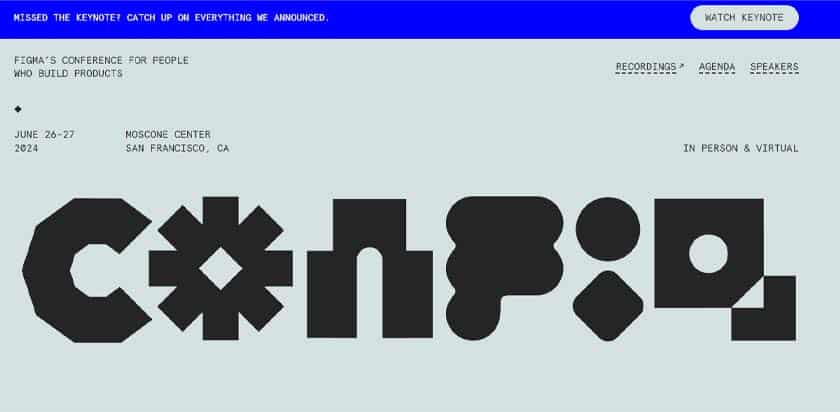
Figma, a popular design tool, has made waves in the design community with its annual conference. This event showcases Figma’s latest features and brings together designers from around the world to learn, collaborate, and network.
What made Figma’s event successful:
- Engagement through community-building: Figma’s conference is centered on the design community, which helps foster a sense of belonging among attendees. The event includes workshops, speaker sessions, and hands-on activities, allowing participants to learn new skills and collaborate.
- Strong social media presence: Figma leveraged its social media channels to create buzz leading up to the event. By using event-specific hashtags and collaborating with design influencers, they were able to amplify their reach and engage with a global audience.
- Interactive sessions: Figma’s event included live demos, breakout sessions, and interactive panels where attendees could ask questions and provide real-time feedback. This allowed participants to engage directly with Figma’s team and other industry experts.
Key takeaway: Figma’s success lies in its ability to build a sense of community and offer valuable, interactive experiences that resonate with its audience.
Example 2: Notion’s Block-by-Block Virtual Conference
Notion, a productivity tool, hosted its Block by Block virtual conference, an ideal platform to connect with its user base. The event featured a mix of in-person and virtual elements, offering flexibility for attendees worldwide who wanted to participate.
What made Notion’s event successful:
- Hybrid approach: The Notion’s Block by Block event was hybrid, allowing in-person and virtual attendees to join. This approach expanded their audience reach and provided an inclusive experience for users who couldn’t travel.
- User-generated content: Notion encouraged users to share their own Notion templates and workflows, which created organic buzz and participation. Attendees could explore how other users used Notion, sparking ideas and innovation within the community.
- Collaborative partnerships: Notion partnered with other productivity and tech brands to co-sponsor the event. This helped increase the event’s visibility and provided extra value to attendees through joint sessions and giveaways.
Key takeaway: Notion’s success stemmed from its hybrid event format and user-generated content, which allowed it to engage with its audience authentically and collaboratively.
Conclusion
Event marketing is a dynamic way to engage your audience, build brand awareness, and drive actual business results. Whether it’s an in-person event, virtual webinar, or hybrid experience, creating memorable and interactive experiences is critical.
This guide covered the essential strategies for success, from setting clear goals to leveraging top trends like personalization and AI. Following the best pre-event, during-event, and post-event marketing practices ensures your event delivers value and measurable outcomes.
Real-world examples, like Figma’s community-driven conference and Notion’s hybrid event, show how impactful event marketing can be. The right strategy can transform your events into powerful tools for growth, engagement, and lasting brand loyalty.


